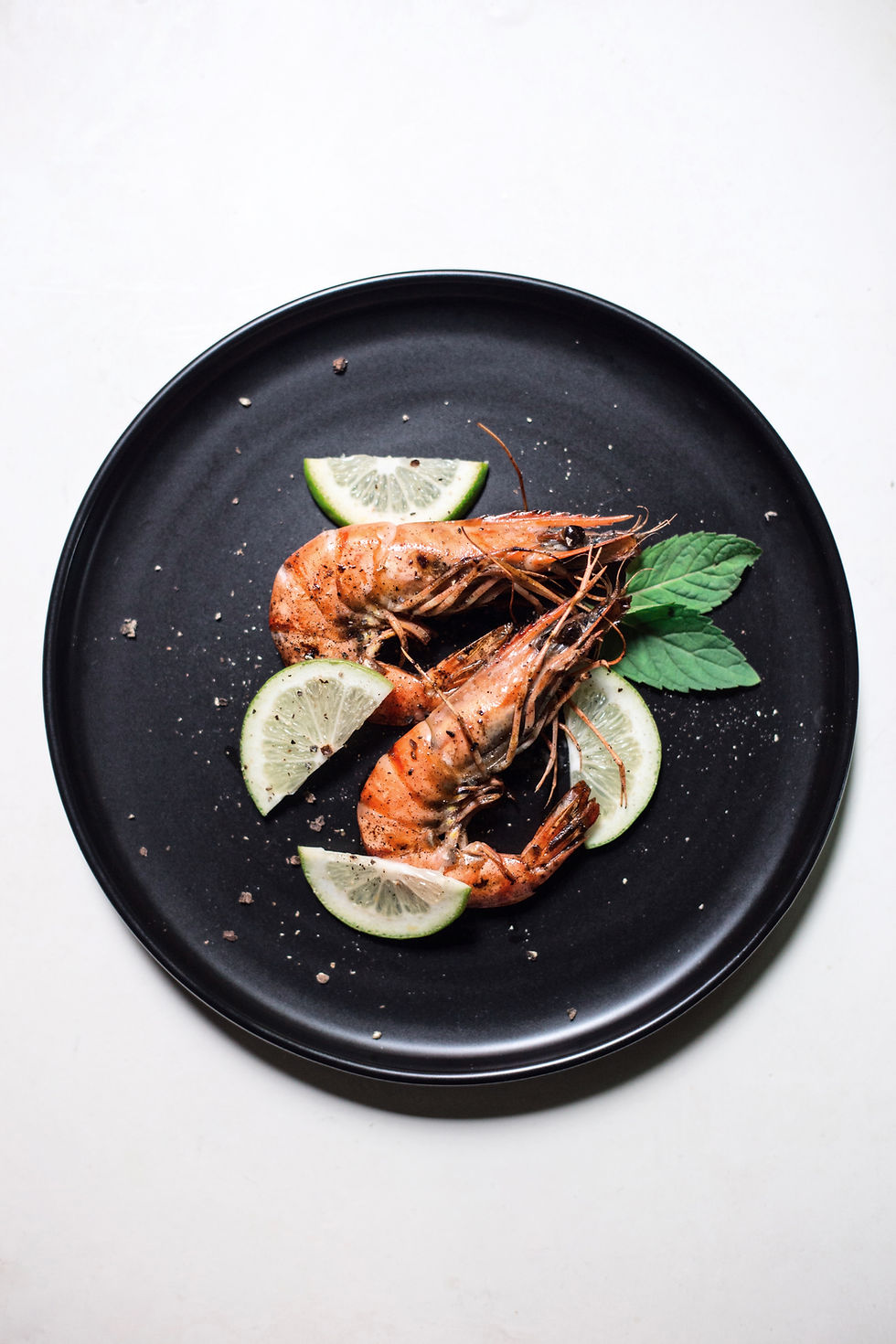Power fats: they may help moisturize skin from the inside out
- Rajani Katta MD
- Sep 11, 2016
- 2 min read
Updated: Feb 20, 2020

Moisturize your skin from the inside out. When I first heard that idea, I almost laughed. As a dermatologist, I'm very aware of the scientific studies that support the use of over-the-counter and prescription topical products. (The word topical means applied to the skin surface.) There are many different ingredients, applied in cream or ointment form, that help strengthen and protect the skin barrier. But moisturizing the skin from the inside out? Was that possible? As more research has been done, I've become more intrigued by this possibility.
Physicians have known for centuries that many different internal problems can manifest on the skin. It's well-known that low levels of thyroid hormone cause dry skin. That's one example of dry skin from the inside out. Extremely low fat diets are another. One of my dermatology colleagues had participated in a study years ago that looked at the skin effects from a very low fat diet. He related to me how these patients all developed incredibly dry skin. This was in the days before we were making a distinction between "good" fats and "bad" fats. These patients had sharply reduced their intake of all fats. Several research studies, though, have now supported the skin benefits of certain "good" fats. I call these power fats, because of the presence of powerful nutrients in certain fats. These include omega-3 fatty acids and monounsaturated fatty acids. We now know that there's a big difference between the fats found in walnuts, avocados, and salmon, as compared to the fats found in Pop-tarts and bacon grease. One study looked at the effects of a daily dose of flaxseed oil, taken for 12 weeks. After 12 weeks, the volunteers experienced less skin roughness and scaling and more skin smoothness and hydration. Their skin even demonstrated less sensitivity to irritation.
The overall take-away from studies such as this is that the fats in our diet should be more focused on power fats:
That means more nuts (such as walnuts), seeds (such as ground flaxseeds), and other foods such as salmon and avocados, instead of nutrient-poor fat sources.
How much fat overall should you have in your diet? Many physicians now emphasize the quality and type of fats in the diet rather than prescribing a strict percentage. (You can certainly overdo it, though, because many fats are very caloric and can easily be consumed in excess. A nutritionist can help you determine the portions and proportions that work for your health profile.) The take-home message: in some cases, switching to power fats instead of nutrient-poor fats may help dry, sensitive skin.




